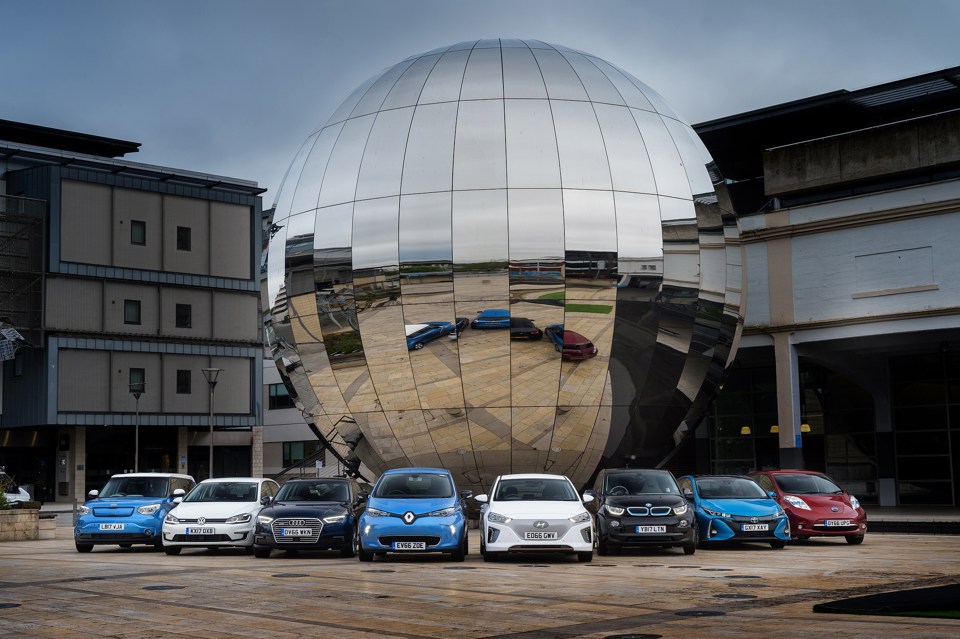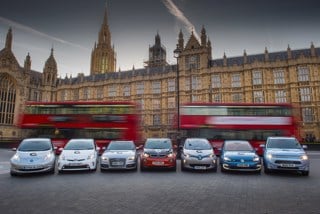Fleet operators will be key to mass electric vehicle (EV) adoption and should be given the tools, information and incentives required to switch to EVs and drive adoption of the technology.
That is the finding of a new report from the Connected Place Catapult and Digital Catapult.
Alan Nettleton, senior technologist at the Connected Place Catapult, said: “Electrification of our road vehicle fleet will be vital in addressing challenges such as air pollution and greenhouse gas emissions, along with measures to encourage walking, cycling and public transport.
“We need to think carefully around how to make EVs an attractive prospect to both individual and the fleet operator. This includes making the experience easy and intuitive, whilst at the same time capitalising on the great driving experience EVs offer.”
The report finds that fleet operators will be key to driving the rapid adoption necessary to reach the government’s target of all new car sales being zero emission by 2040.
Fleet managers that switch their large vehicle fleets quickly will create a significant early impact on reducing air pollution and greenhouse gas emissions, generate demand for the charging infrastructure and capture data to help drive the private vehicle market.
The Catapult’s report, published in collaboration with Innovate UK, provides insights and recommendations into aspects such as user experience, data and standards.
It highlights how a lack of co-ordinated and standardised EV data is inhibiting the delivery of excellent user experiences, delivery of public and private charging infrastructure and demand forecasting for the power grid.
The report suggests that the Internet of Things, Vehicle to Infrastructure communications, Blockchain, Artificial Intelligence and Immersive technologies such as Augmented reality could all have a part to play in closing this gap.
Beyond fleet take-up, the Report also goes further to understand what anxieties and user needs continue to be unmet with respect to EV experiences.
Nettleton added: “The user scenarios we explored in the research present a vision of a fully connected digitally-enabled EV world, with rich communications between all stakeholders in a seamless, secure and trusted manner.
“However, in order to achieve this, we need to keep innovating and finding new ways to give relevant information to potential EV users. Areas such as integrating charging information into sat navs, mobile charging solutions to help manage demand, Vehicle to Grid power solutions and service solutions which combine EV use with other types of transport should all be explored, alongside vital technological developments in battery capacity and charging speed. We need to start planning now for what we will need when a large proportion of vehicles on the road will be electric.”





















Login to comment
Comments
No comments have been made yet.